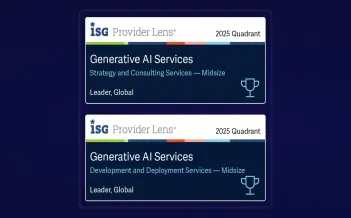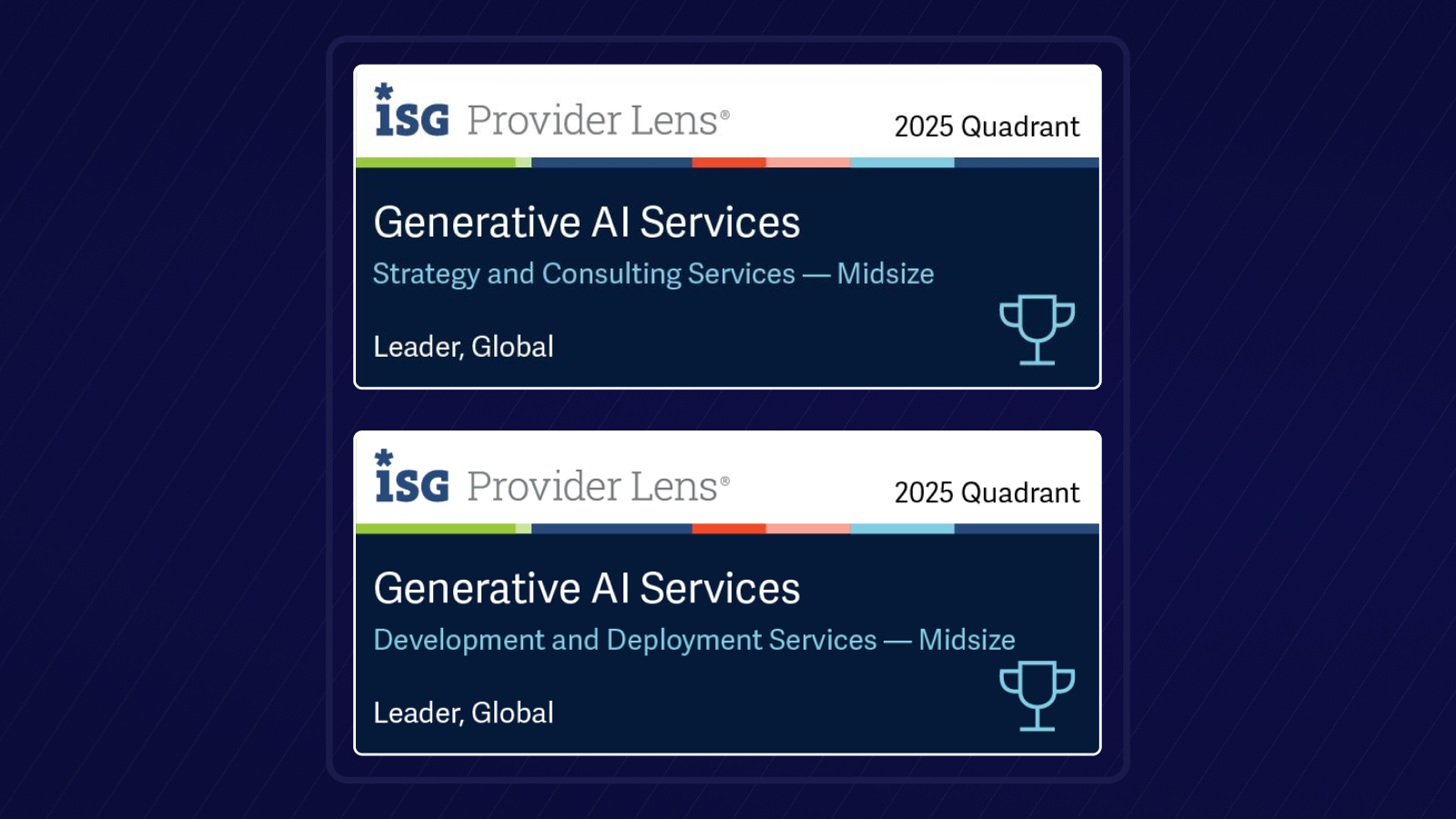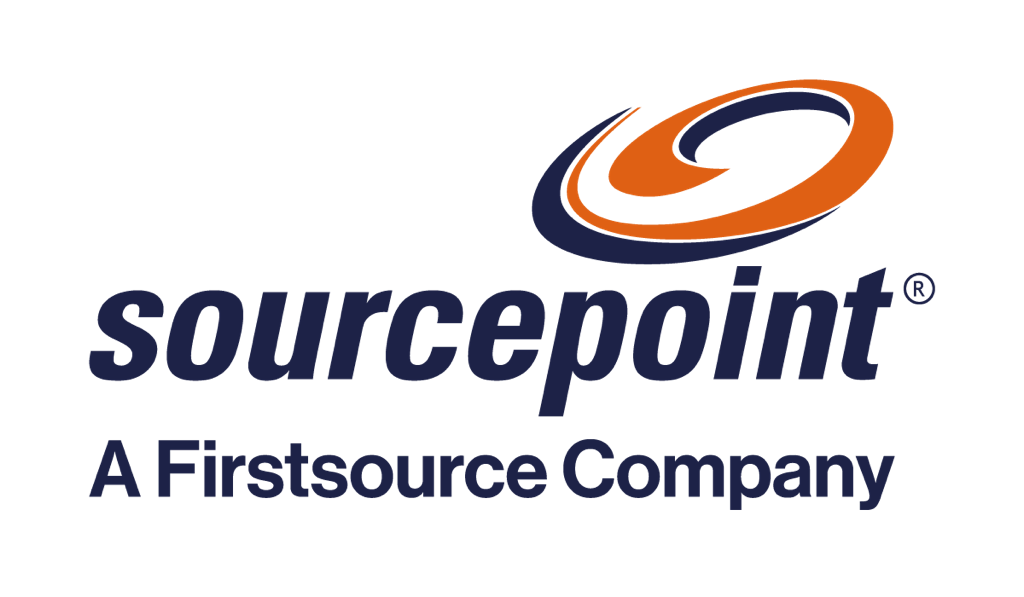As seen in IT Pro Portal
Customer service has always been a key business differentiator. However, recent technological progress, greater consumer choice and eroding loyalty means the empowered customer will no longer stand for sub-standard experiences. As a result, the past few years have seen a renewed focus on the consumer.
This is being reflected in internal business structures across sectors. Where once the customer would be the sole responsibility of the marketing department, they have now become a company-wide responsibility. From the c-suite to IT, brands are placing the customer at the heart of every department and designing their processes and structure with customer fulfilment at the centre of their thinking.
Digital transformation
The digital revolution has driven further advances in customer experience, allowing consumers to interact with their favourite brands whenever and however they want. Digital tools such as webchat, apps and social media are the norm – and in the race to provide the best customer service, forward-thinking brands are now experimenting with the latest technology to create novel, value-added solutions for their clients.
This is in part driven by journey mapping. At Firstsource, we use Interaction Analytics (FCI) to map the customer experience across all touchpoints, highlighting the ‘make or break’ moments – those reasons for customers to exit any given process – in the overall journey. From there, we work with brands to improve the pain points and policies and help make them more customer friendly.
Our experience tells us that customer experience is all about convenience, so it’s important businesses stay on top of what convenience looks like. This depends on integrating new channels to help businesses interact on customers’ own terms, which is why we’re currently looking at how we can use popular messaging platforms such as WhatsApp to deliver tailored communications in real-time, for example.
While traditional contact channels such as voice and email will always be important, new technologies helps connect brands with digitally-savvy customers. As an added bonus, businesses also get the kudos that come with appearing as an innovative and customer-focused brand.
The automation opportunity
Robotic Process Automation (RPA) is one of the newest frontiers in customer service. At its core, RPA is the application of a computer software or “robot” to process transactions, manipulate data or trigger responses, depending on the scope of the request. This technology has the potential to unlock value across a wide range of different industries and business functions. In particular, regulated industries with high volume and transactional business processes stand to gain significant benefits from the application of RPA.
Done well, it can deliver more cost efficient, streamlined and compliant processes. At the same time, automation allows employees to focus on higher value activity that will drive customer experience. It’s a win win for businesses who get it right.
However, while appetite for robo-advice among consumers is growing, it’s clear that automation requires careful due diligence to understand the opportunities, risks and requirements for delivery.
And consumers understandably still have their doubts when it comes to automated advice. A recent study conducted by Firstsource showed that 44 per cent of consumers see the availability of a bank branch as their number one deciding factor when choosing their banking provider – telling a cautionary tale for businesses undergoing digital transformation.
RPA transformation
Needless to say, integrating RPA is a significant undertaking. While the specifics will depend on the business, the sector they operate in, and the extent to which they are aiming to automate their processes, there are three critical ingredients for a successful RPA transformation.
The first – and perhaps most important – is that RPA must be a strategic fit for the company. RPA needs to be understood not as a process but as a strategic capability that increases business value. This re-engineering will be key to increasing the impact of automation and maximising ROI, and must be given due diligence – so it’s vital businesses understand which processes will deliver the biggest business benefit when automated, and construct a careful roadmap accordingly.
Next, there also needs to be buy in for transformation and automation from the C-suite for RPA to be a success. Cultural adoption may often require education and careful articulation of the business benefits of the solution, and lack of internal support at a senior level can be one of the major stumbling blocks to RPA implementation.
Unsurprisingly, successful automation also relies on IT engagement. Legacy IT systems and resistance from existing IT departments can often be a barrier to transformation and automation. Bringing the IT function on board at the beginning of the automation journey will help to set a clear roadmap for transformation and identify any potential roadblocks that lie ahead.
RPA in practice
When thinking about the ways businesses can use RPA, most peoples’ thoughts turn to chatbots. Microsoft, Uber and Twitter are just a few brands who have recently launched bots for customer service – although some with more success than others.
While they have the potential to go very wrong, chabots can be useful to solve straightforward transactions and simple queries. They can also help shepherd customers on a relatively linear journey, such as answering delivery questions on an order.
But RPA can be used for more than just straightforward customer engagement. It also has the potential to transform back office processes, freeing-up employees from repetitive tasks to focus on more complex and value-added work. And it can also be used to transform more complex processes, such as commercial finance operations. This is particularly valuable in the financial services industry, where many businesses rely on the efficient and cost-effective running of their commercial finance division to keep them in business.
But often, the smooth running of these operations are hampered by inefficient, expensive and cumbersome legacy technologies. And while many businesses recognise that this is holding them back, they lack the skills, resource and expertise to overhaul the outdated systems and processes. Outsourcing commercial finance operations can be an effective way to transform a business through automation with lower risk and resource.
By simplifying and automating processes and redesigning operating models, many large-scale financial organisations should be able to increase productivity in their commercial finance operations by between 30-50- per cent, while reducing cost to serve by 25 per cent.
Whether it’s customer-facing or in the back-office, brands have a lot to gain by integrating RPA in their operations. What’s clear is that automation is here to stay and evolve – and businesses must determine how it can play a key role in delivering the best customer experience possible.










